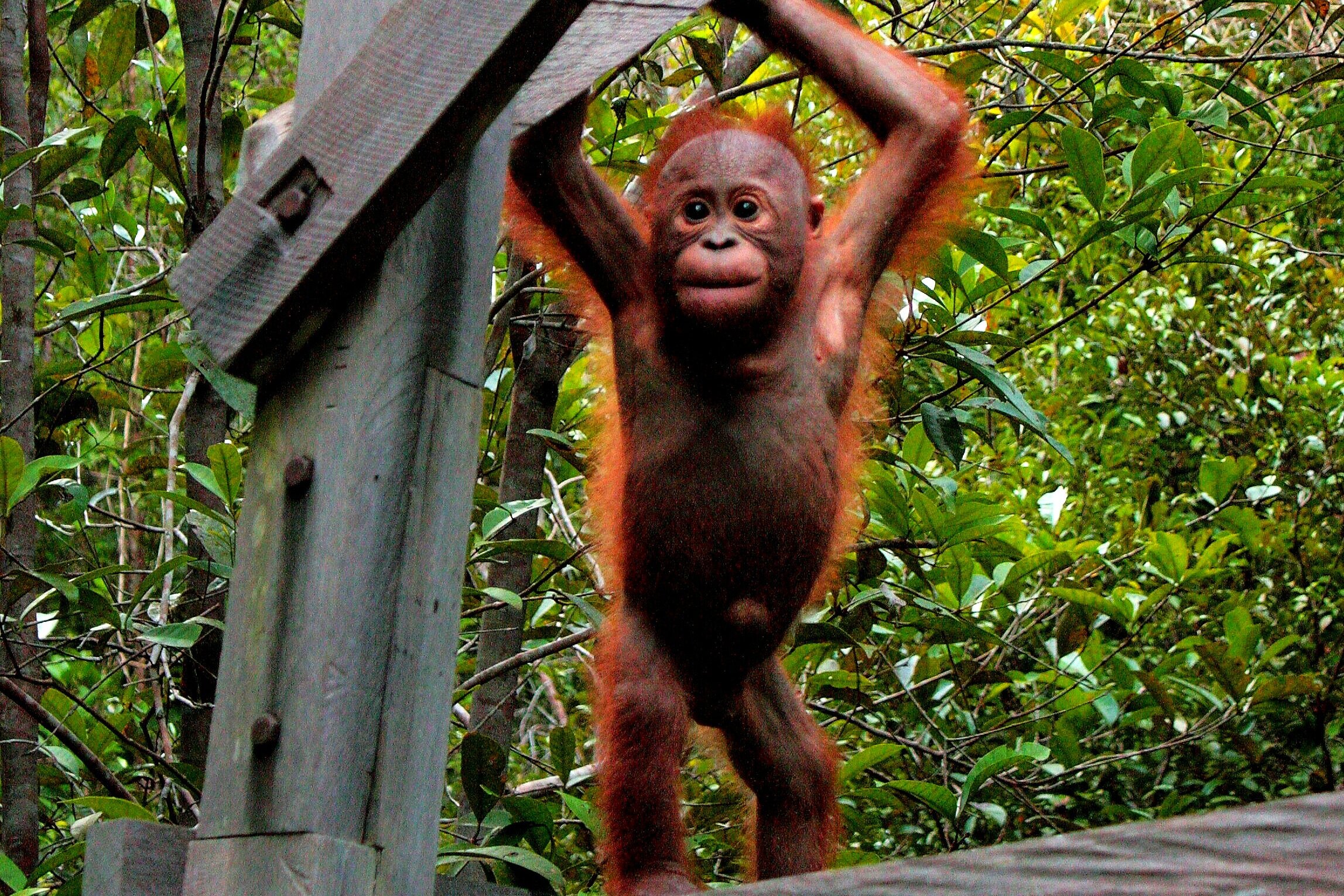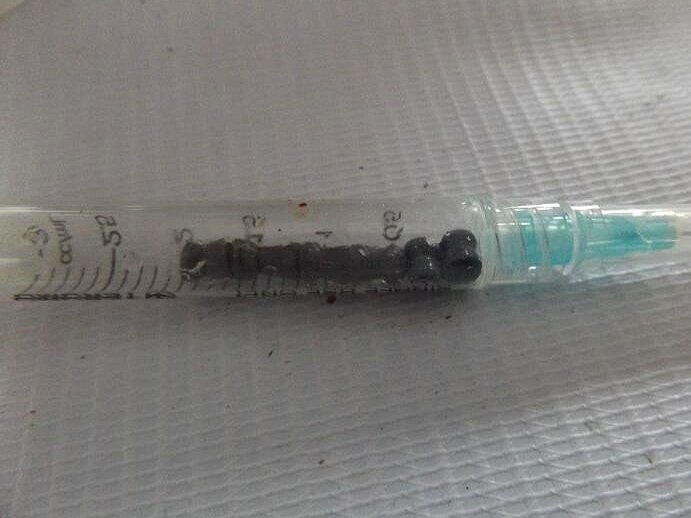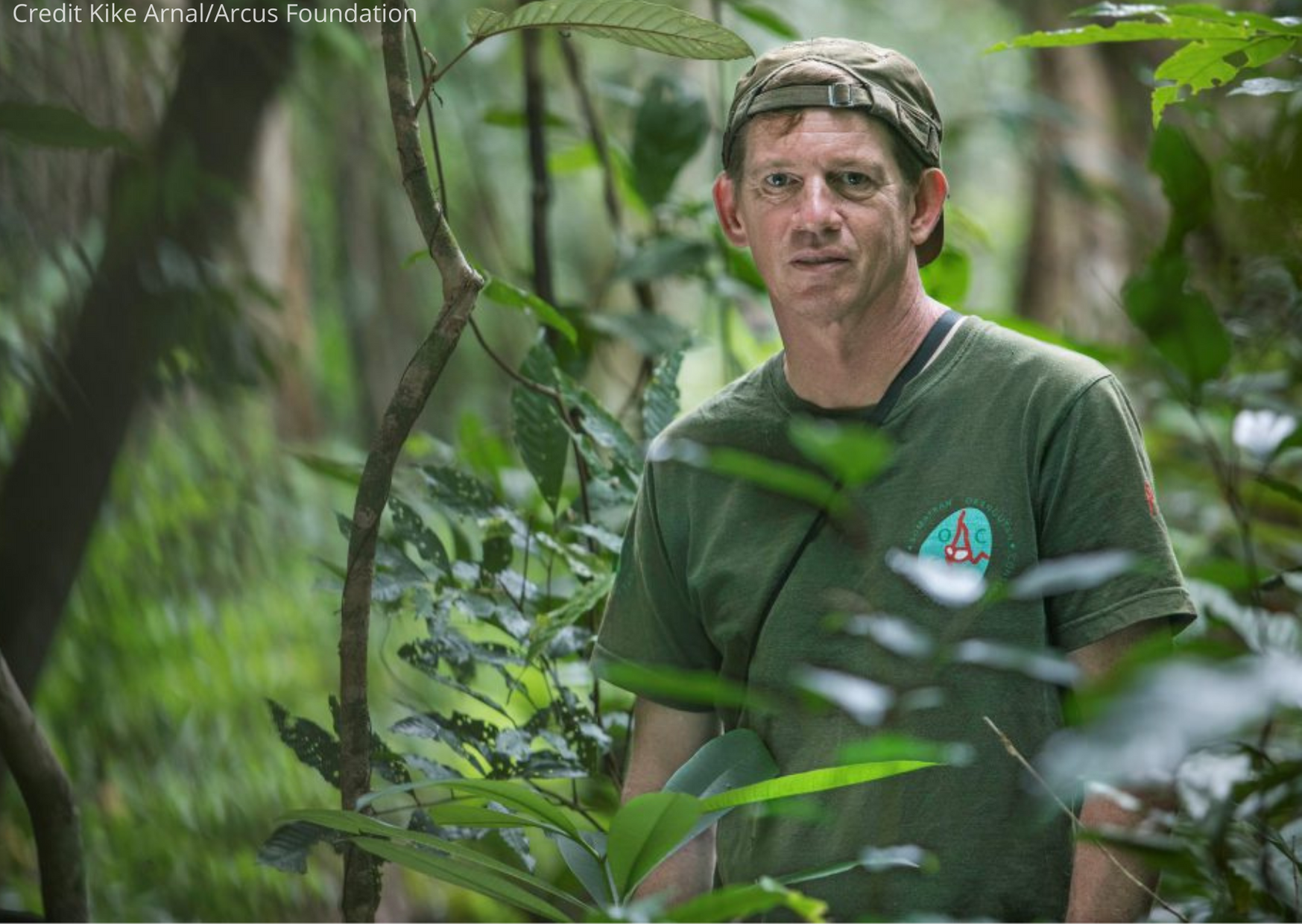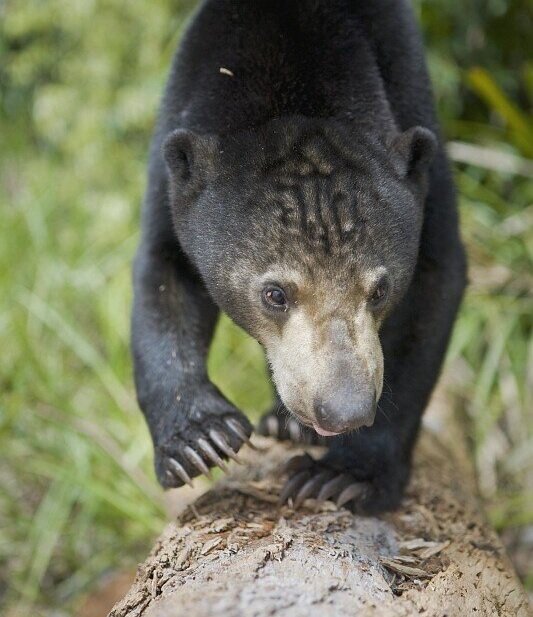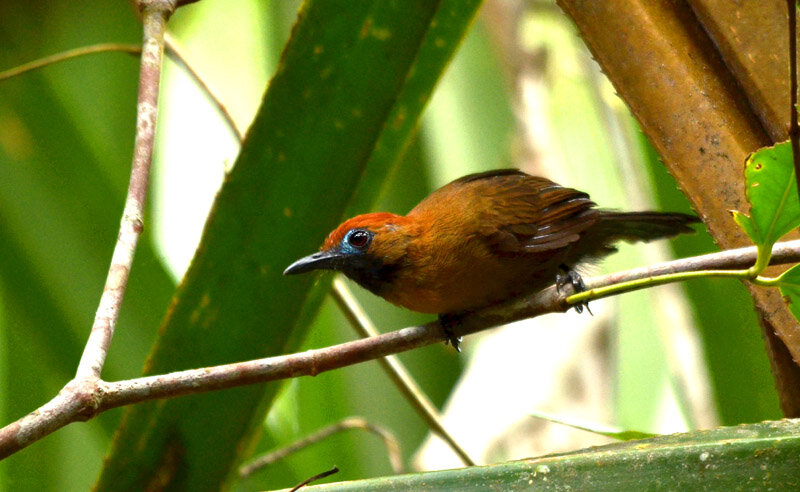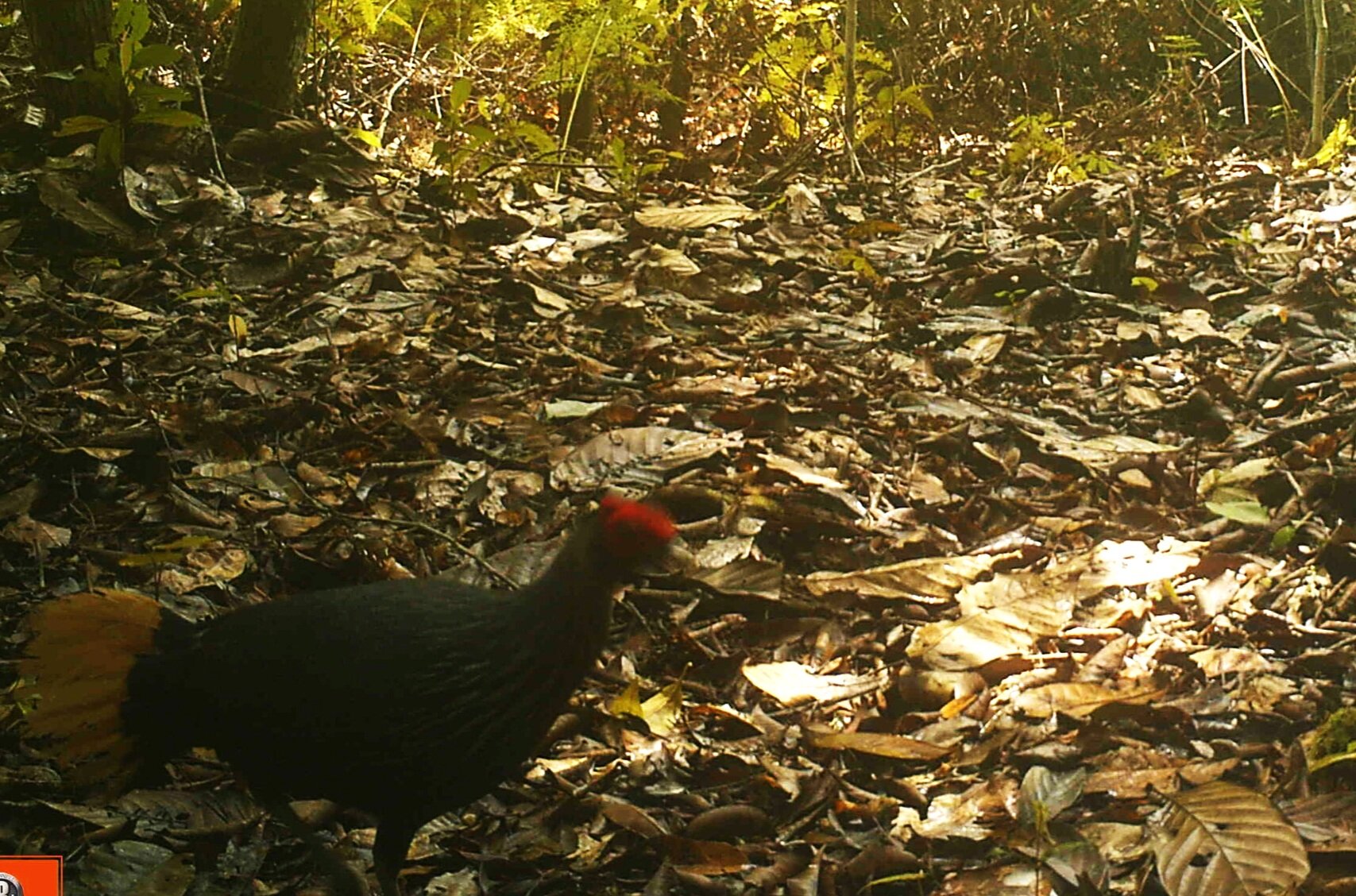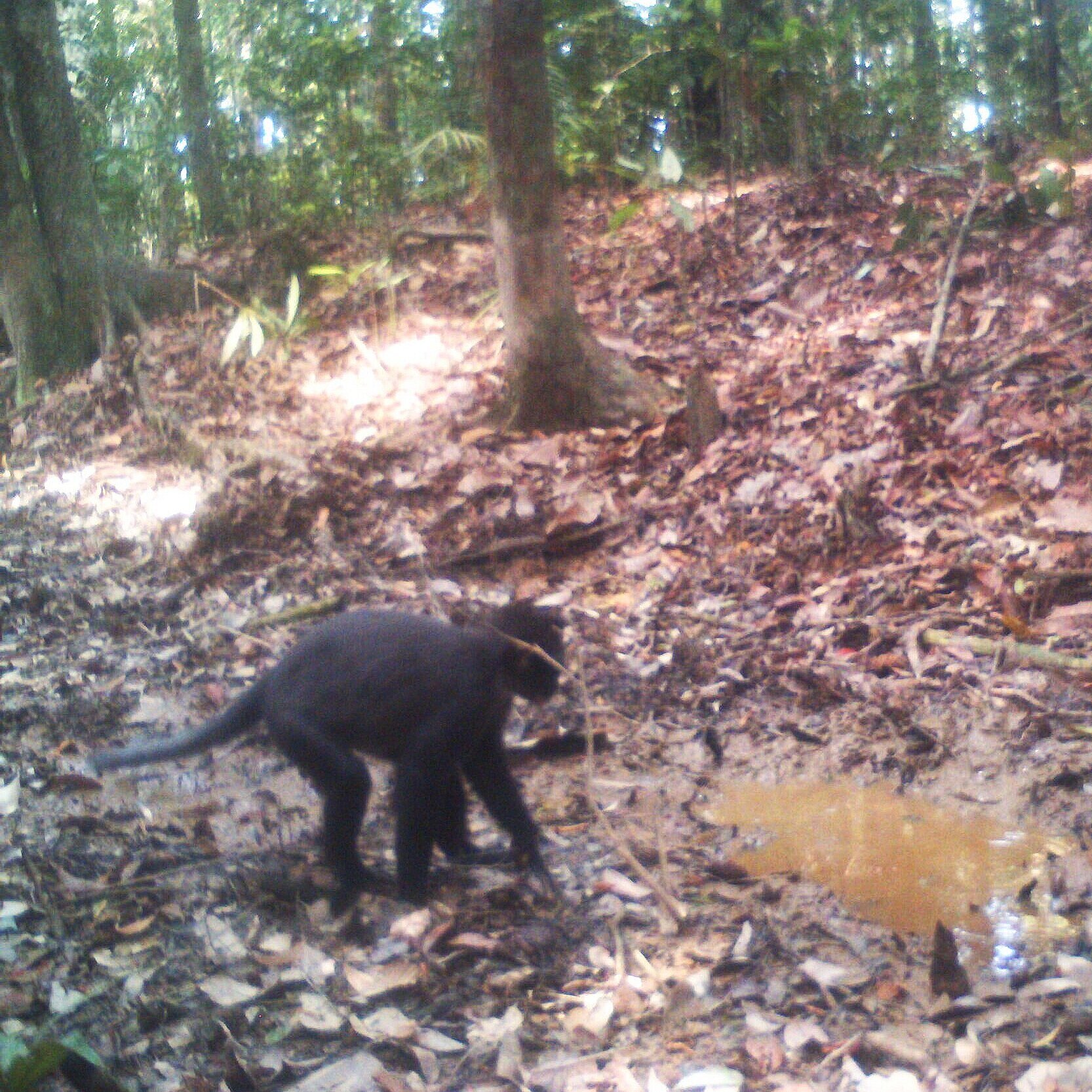This month we received one of the best possible messages from our field team- another orangutan has been born in the wild! This exciting new addition makes it an astonishing nine newborns over the past 12 months in the Lamandau Wildlife Reserve. In over 30 years of work in the field, we cannot remember an orangutan baby-boom as flourishing as this!
At the beginning of this month, our field team at Camp Gemini noticed that they hadn’t seen Sheila for a while, this behaviour was unusual as she has established herself as an almost daily visitor at camp. That was until the morning of Saturday 5th June when Sheila emerged from the forest and proudly presented her new infant to our team.





Unlike other great apes, orangutans on average give birth three or four times in their lifetime. This welcome latest arrival will add to Sheila’s experience as a mother having already successfully raised 13-year-old female Sakura and 6-year-old male Sony- both of whom are still regularly observed in and around Camp Gemini.
Sheila has been a wonderful teacher to the pair and although they have both shown that they can be independent in the forest, it’s not uncommon to see all three feeding together occasionally. Being the younger of the pair, Sony in particular is known to follow Sheila from tree to tree, but the introduction of a new sibling is likely to give him that needed push to explore the forest on his own more.
The early weeks of a newborn’s life are their most vulnerable which is why since Sheila gave birth to her newest infant, our team have kept a watchful eye on the pair and are pleased to see that they are progressing well. Like Ilik’s recent newborn at Camp Gemini, it’s thought that the sex of Sheila’s new arrival is male and as it’s likely he was born on World Environment Day, he has appropriately been named Silva- a term for integrated forest management.
We believe habitat protection is the key to ensure a safe environment for orangutans and all wildlife. Therefore conserving the Lamandau Wildlife Reserve safeguards it from illegal activity and habitat loss. Without this vital protection, would we have been able to record over 90 orangutan births in the Reserve? We look forward to seeing this new viable population of critically endangered orangutans and further generations.
























